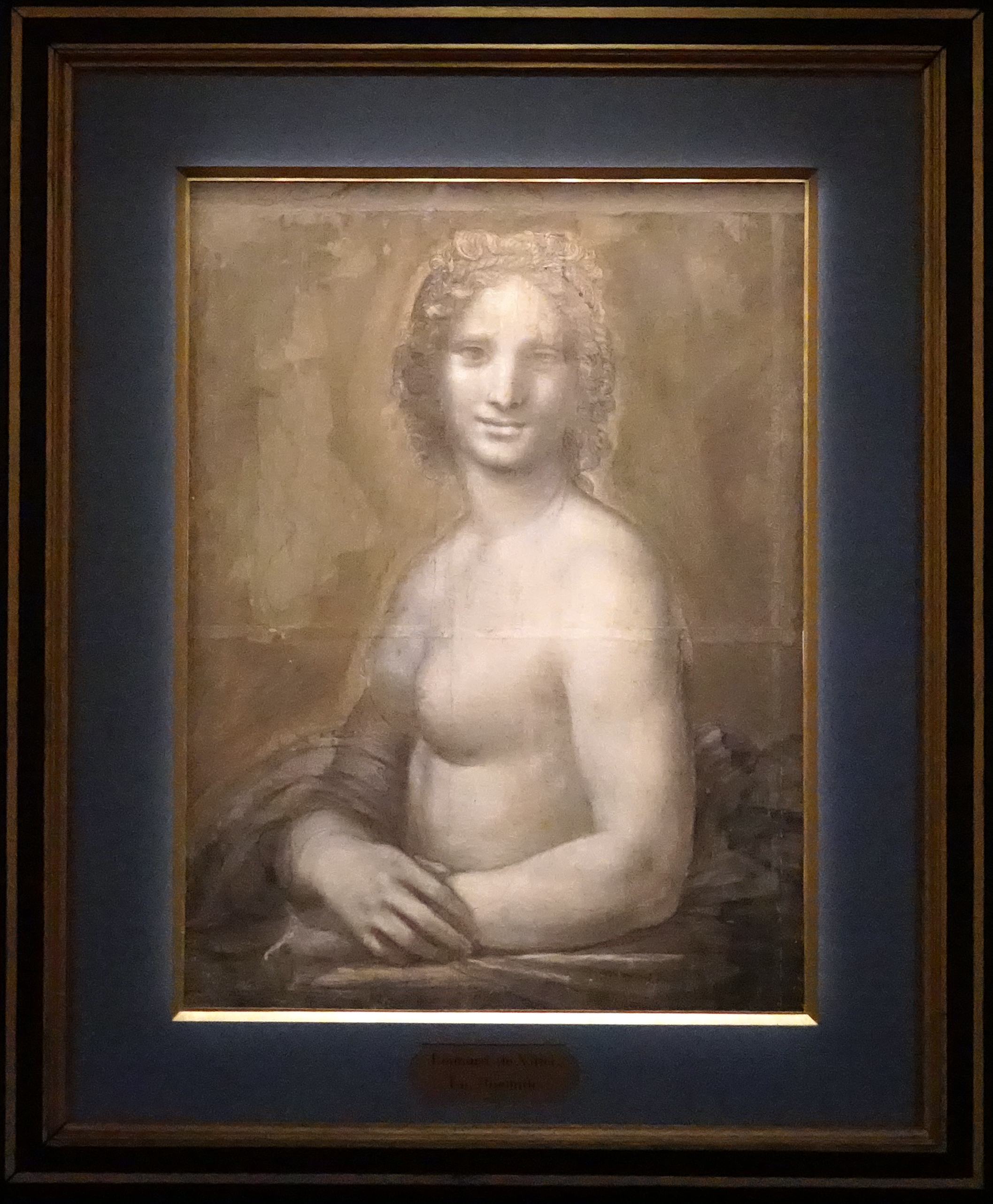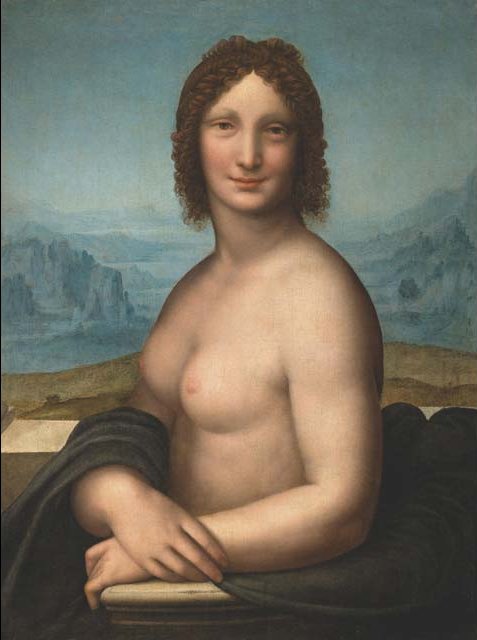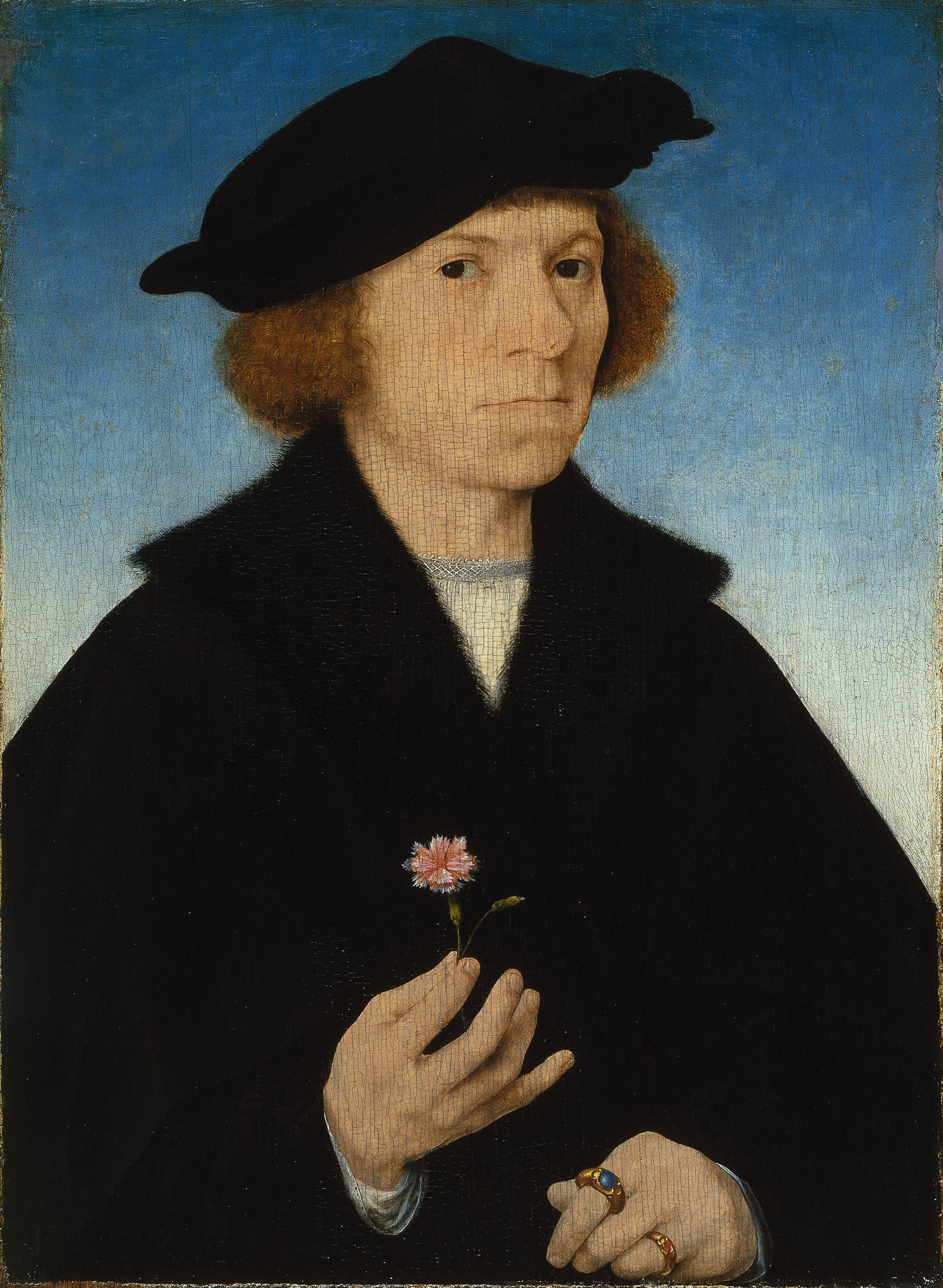|
Monna Vanna (other)
''Monna Vanna'' is an unfinished opera by Sergei Rachmaninoff, after a play by Maurice Maeterlinck. Monna Vanna or Mona Vanna may also refer to: * ''Monna Vanna'', a play by Maurice Maeterlinck, the basis of Rachimaninoff's work and other operas: **Monna Vanna (Février), ''Monna Vanna'' (Février), 1909 **''Monna Vanna'', by Emil Ábrányi, 1907 * Monna Vanna (1915 film), ''Monna Vanna'' (1915 film), an Italian silent film * Monna Vanna (1916 film), ''Monna Vanna'' (1916 film), a German-Hungarian silent film directed by Jenő Illés * Monna Vanna (1922 film), ''Monna Vanna'' (1922 film), a German silent film * Monna Vanna (Rossetti), ''Monna Vanna'' (Rossetti), by Dante Gabriel Rossetti, 1866 * ''La Joconde nue'', or Monna Vanna, a charcoal drawing by the school of Leonardo da Vinci * ''Monna Vanna'', a nude version of the ''Mona Lisa'' by Salaì (1480–1524) * ''Mona Vanna'', a painting by Joos van Cleve (c. 1485–1540) * Monna Vanna, a character in ''La Vita Nuova'', a 1294 te ... [...More Info...] [...Related Items...] OR: [Wikipedia] [Google] [Baidu] |
Monna Vanna
''Monna Vanna'' (russian: Монна Ванна) is an unfinished opera by Sergei Rachmaninoff after a play by Maurice Maeterlinck. Rachmaninoff had completed Act I in short vocal score, with piano accompaniment, and then he went to ask for permission to set the text in a full three-act treatment. However, another composer, Henry Février, had by then received the rights to an operatic setting of the text. Had Rachmaninoff proceeded to a complete operatic setting, such a work could not have been produced in European countries that were signatories to copyright laws that covered the work of Maeterlinck. This opera could only have been produced in countries that at the time were not signatories to European copyright law, such as Russia. Ultimately, Rachmaninoff abandoned further work on this opera and never wrote a complete setting. Years later, at the request of Sophie Satin, Rachmaninoff's sister-in-law, Igor Buketoff prepared a performing orchestrated edition of Act I, which h ... [...More Info...] [...Related Items...] OR: [Wikipedia] [Google] [Baidu] |
Maurice Maeterlinck
Maurice Polydore Marie Bernard Maeterlinck (29 August 1862 – 6 May 1949), also known as Count (or Comte) Maeterlinck from 1932, was a Belgian playwright, poet, and essayist who was Flemish but wrote in French. He was awarded the Nobel Prize in Literature in 1911 "in appreciation of his many-sided literary activities, and especially of his dramatic works, which are distinguished by a wealth of imagination and by a poetic fancy, which reveals, sometimes in the guise of a fairy tale, a deep inspiration, while in a mysterious way they appeal to the readers' own feelings and stimulate their imaginations". The main themes in his work are death and the meaning of life. He was a leading member of La Jeune Belgique group and his plays form an important part of the Symbolist movement. In later life, Maeterlinck faced credible accusations of plagiarism. Biography Early life Maeterlinck was born in Ghent, Belgium, to a wealthy, French-speaking family. His mother, Mathilde Colette Françoi ... [...More Info...] [...Related Items...] OR: [Wikipedia] [Google] [Baidu] |
Monna Vanna (Février)
''Monna Vanna'' is a drame lyrique or opera in four acts by composer Henry Février. The opera's French libretto is by playwright Maurice Maeterlinck and is based on his play of the same name. The opera premiered on 13 January 1909 at the Académie Nationale de Musique in Paris. Roles See also * Mary Garden A Mary garden is a small sacred garden enclosing a statue or shrine of the Virgin Mary, who is known to many Christians as the Blessed Virgin, Our Lady, or the Mother of God. In the New Testament, Mary is the mother of Jesus of Nazareth. Mary ... External links Online French libretto Operas by Henry Février [...More Info...] [...Related Items...] OR: [Wikipedia] [Google] [Baidu] |
Emil Ábrányi
Emil Ábrányi (22 September 1882 11 February 1970) was a Hungarian composer, conductor, and opera director. Life He was conductor at the Royal Hungarian Opera House from 1911–19, and director there from 1919 to 1920. In 1921, he became the director at the Budapest Municipal Theatre, where he remained until 1926. For many years he taught conducting at the Budapest Academy of Music. He composed twelve operas of which only six have been performed professionally. He was the grandson of the composer Kornél Ábrányi. Operas *''A ködkirály'' (The King of Mist) (1 act, libretto by Á. Pásztor, 17 May 1903, Royal Hungarian Opera House, Budapest) *''Monna Vanna'' (3 acts, libretto by Emil Ábrányi, Sr. (father of the composer) after Maeterlinck's drama of the same name, 2 March 1907, Royal Hungarian Opera House, Budapest). *''Paolo és Francesca'' (3 acts, libretto after Dante by Emil Ábrányi, Sr., 13 January 1912, Royal Hungarian Opera House, Budapest) *''Don Quijote'' ( ... [...More Info...] [...Related Items...] OR: [Wikipedia] [Google] [Baidu] |
Monna Vanna (1915 Film)
''Monna Vanna'' is a 1915 Italian silent film directed by Mario Caserini and starring Madeleine Céliat, Hamilton Revelle and François-Paul Donadio.Bernardini & Martinelli p.62 It was released in the United States by Universal Pictures in 1916. Cast * Madeleine Céliat * Hamilton Revelle * François-Paul Donadio * Luigi Chiesa * Maria Caserini * Cesare Zocchi * Umberto Scalpellini * Rita Jolivet See also * ''Monna Vanna ''Monna Vanna'' (russian: Монна Ванна) is an unfinished opera by Sergei Rachmaninoff after a play by Maurice Maeterlinck. Rachmaninoff had completed Act I in short vocal score, with piano accompaniment, and then he went to ask for permiss ...'' (1922) References Bibliography * Aldo Bernardini & Vittorio Martinelli. ''Il cinema muto italiano, Volume 8, Part 2''. Nuova ERI-Edizioni RAI, 1992. External links * 1915 films 1910s Italian-language films Films directed by Mario Caserini Italian silent short films Films based on works by ... [...More Info...] [...Related Items...] OR: [Wikipedia] [Google] [Baidu] |
Monna Vanna (1916 Film)
''Monna Vanna'' (russian: Монна Ванна) is an unfinished opera by Sergei Rachmaninoff after a play by Maurice Maeterlinck. Rachmaninoff had completed Act I in short vocal score, with piano accompaniment, and then he went to ask for permission to set the text in a full three-act treatment. However, another composer, Henry Février, had by then received the rights to an operatic setting of the text. Had Rachmaninoff proceeded to a complete operatic setting, such a work could not have been produced in European countries that were signatories to copyright laws that covered the work of Maeterlinck. This opera could only have been produced in countries that at the time were not signatories to European copyright law, such as Russia. Ultimately, Rachmaninoff abandoned further work on this opera and never wrote a complete setting. Years later, at the request of Sophie Satin, Rachmaninoff's sister-in-law, Igor Buketoff prepared a performing orchestrated edition of Act I, which h ... [...More Info...] [...Related Items...] OR: [Wikipedia] [Google] [Baidu] |
Jenő Illés
Jenő Illés (28 January 1879 in Debrecen - 17 October 1951 in Budapest) was a Hungarian cinematographer and film director. He worked for most of his career in the German film industry and is often credited as Eugen Illés. Partial filmography Director * ''The Lady with the Mask'' (1913) * ''Monna Vanna'' (1916) * ''Alraune, die Henkerstochter, genannt die rote Hanne'' (1918) * '' Mania'' (1918) * '' Struggling Souls'' (1918) * '' Seelen im Sturm'' (1920) * '' The Railway King'' (1921) * '' Jeremias'' (1922) * '' The Strumpet's Plaything'' (1922) * '' The Fall of Jerusalem'' (1922) * '' The Doomed'' (1924) * ''That Dangerous Age ''That Dangerous Age'' is a 1949 British romance film directed by Gregory Ratoff and starring Myrna Loy, Roger Livesey and Peggy Cummins. It was adapted from the play ''Autumn'' by Margaret Kennedy and Ilya Surguchev. The film was released und ...'' (1927) Bibliography * Cunningham, John. ''Hungarian Cinema: From Coffee House to Multiplex''. Wallflo ... [...More Info...] [...Related Items...] OR: [Wikipedia] [Google] [Baidu] |
Monna Vanna (1922 Film)
''Monna Vanna'' is a 1922 German silent historical film directed by Richard Eichberg and starring Lee Parry, Paul Wegener, and Hans Stürm.Bock & Bergfelder p. 104 The film is based on the play ''Monna Vanna'' by Maurice Maeterlinck which itself drew on story by the sixteenth century writer Niccolò Machiavelli. It was made at the Emelka Studios near Munich as part of a deal Eichberg had struck with Bavaria Film. Some filming also took place at the Johannisthal Studios in Berlin. The film's sets were designed by the art directors Willy Reiber, Jacek Rotmil and Kurt Richter. Cast See also * ''Monna Vanna ''Monna Vanna'' (russian: Монна Ванна) is an unfinished opera by Sergei Rachmaninoff after a play by Maurice Maeterlinck. Rachmaninoff had completed Act I in short vocal score, with piano accompaniment, and then he went to ask for permis ...'' (1915) References Bibliography * Bock, Hans-Michael & Bergfelder, Tim. ''The Concise CineGraph. Encyclopedia of German C ... [...More Info...] [...Related Items...] OR: [Wikipedia] [Google] [Baidu] |
Monna Vanna (Rossetti)
''Monna Vanna'' is an 1866 oil on canvas painting (88.9 × 86.4 cm) by Dante Gabriel Rossetti. It was acquired by the collector William Henry Blackmore and later entered the collection of George Rae, one of Rossetti's patrons. It later passed from Rae to the joint ownership of Arthur Du Cros and Otto Beit and it was purchased from them by the Tate Gallery in 1916 via the NACF – it is now in the collection of Tate Britain in London. It shows a frontal half-length portrait of one of Rossetti's main models, Alexa Wilding, with her head turned to the right of the frame. She is shown with pale, luminous and delicate skin (fitting in with the aestheticism of the time) and a hard penetrating gaze. She holds a feather fan over her right shoulder as well wearing many kinds of jewellery, picked by the painter to show off his painterly skill – a red coral necklace, rings and earrings. In her hair are two spiral shell-shaped hairclips, accessories particularly loved by Rossetti and us ... [...More Info...] [...Related Items...] OR: [Wikipedia] [Google] [Baidu] |
La Joconde Nue
''La Joconde nue'' or ''Monna Vanna'' is a 1514–1516 charcoal drawing with white highlights by the school of Leonardo da Vinci. It is a semi-nude portrait of a woman, 28-by-21 inch in size. The position of the subject's hands and body are almost identical to that of Leonardo's ''Mona Lisa'', leading some experts to suggest this work may be a preparatory drawing for the famous painting. These experts identify this as an exceptionally fine work by a left-handed master, leading to speculation that it is the work of Leonardo himself. The work has been held by the Condé Museum in Chantilly, France, since 1862. About twenty similar paintings of "nude Mona Lisas" are known; a famous one from da Vinci's school is the ''Donna nuda'' at the Hermitage in Saint Petersburg. See also *Monna Vanna (other) *Salaì Gian Giacomo Caprotti da Oreno, better known as Salaì (1480 – January 19, 1524) was an Italian artist and pupil of Leonardo da Vinci from 1490 to 1518. Salaì en ... [...More Info...] [...Related Items...] OR: [Wikipedia] [Google] [Baidu] |
Salaì
Gian Giacomo Caprotti da Oreno, better known as Salaì (1480 – January 19, 1524) was an Italian artist and pupil of Leonardo da Vinci from 1490 to 1518. Salaì entered Leonardo's household at the age of ten. He created paintings under the name of Andrea Salaì. He was described as one of Leonardo's students and lifelong companion and servant and was the model for Leonardo's '' St. John the Baptist,'' ''Bacchus and Angelo incarnato.'' Early life Salaì was born in 1480 as son of Pietro di Giovanni, a tenant of Leonardo's vineyard near the Porta Vercellina, Milan. He joined Leonardo's household at the age of ten as an assistant. Giorgio Vasari describes Salaì as "a graceful and beautiful youth with curly hair, in which Leonardo greatly delighted". Although Leonardo described him as "a liar, a thief, stubborn, and a glutton" and he stole from Leonardo on at least five occasions, he kept Salaì in his household for more than 25 years, in which Salaì trained as an artist ... [...More Info...] [...Related Items...] OR: [Wikipedia] [Google] [Baidu] |
Joos Van Cleve
Joos van Cleve (; also Joos van der Beke; c. 1485–1490 – 1540/1541) was a leading painter active in Antwerp from his arrival there around 1511 until his death in 1540 or 1541. Within Dutch and Flemish Renaissance painting, he combines the traditional techniques of Early Netherlandish painting with influences of more contemporary Renaissance painting styles. An active member and co-deacon of the Guild of Saint Luke of Antwerp, he is known mostly for his religious works and portraits, some of royalty. He ran a large workshop, with at least five pupils and other assistants, which produced paintings in a variety of styles over his career. As a skilled technician, his art shows sensitivity to color and a unique solidarity of figures. His style is highly eclectic: he was one of the first to introduce broad world landscapes in the backgrounds of his paintings, sometimes collaborating with Joachim Patinir, which would become a popular technique of sixteenth century northern Renais ... [...More Info...] [...Related Items...] OR: [Wikipedia] [Google] [Baidu] |



